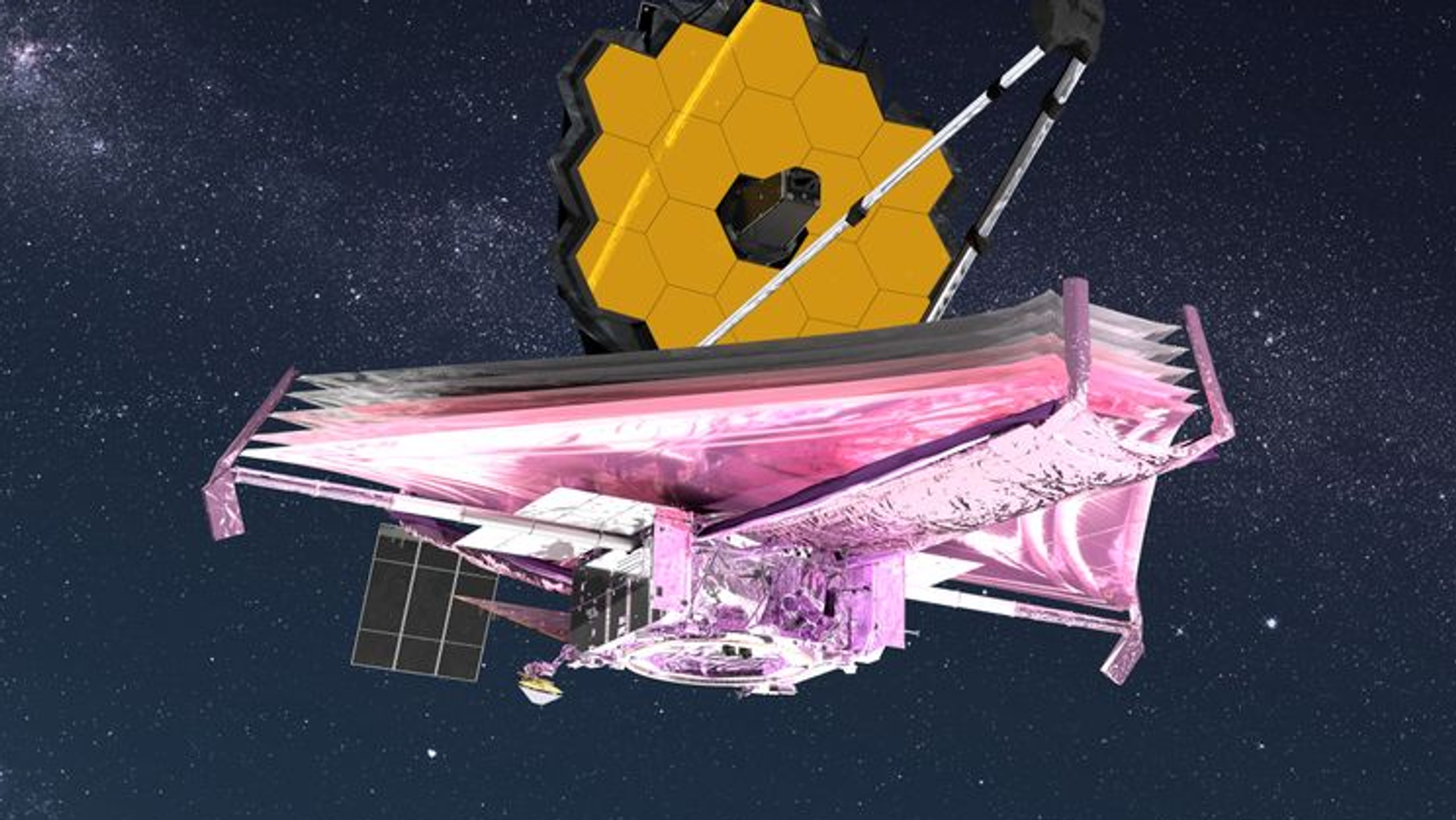Photos: NASA Publishes First Images Captured Via James Webb Space Telescope
04:08 GMT 12.02.2022 (Updated: 16:57 GMT 12.04.2023)

© NASA GSFC/CIL/Adriana Manrique Gutierrez
Subscribe
Late last month, it was reported that NASA’s $10 billion James Webb Space Telescope (JWST) was nearing operation, after its initial December 25 launch. The JWST is humanity's largest and most complex space science observatory and is currently undergoing a monthslong commissioning process with final calibrations and adjustments.
NASA's JWST team announced in a Friday release that the telescope had achieved another milestone by capturing its first images of a star. The captures come as the team conducts its process of aligning the spacecraft's primary mirror via the Near Infrared Camera (NIRCam).
"The entire Webb team is ecstatic at how well the first steps of taking images and aligning the telescope are proceeding. We were so happy to see that light makes its way into NIRCam," said Marcia Rieke, principal investigator for the NIRCam instrument and a regents professor of astronomy at the University of Arizona.

This image mosaic was created by pointing the telescope at a bright, isolated star in the constellation Ursa Major known as HD 84406.
The image, which features a bright and isolated star called HD 84406, will be used as the observatory's foundation to align and focus the telescope in the months to come. The team's primary goal is to adjust all 18 of the spacecraft's primary mirror segments until all 18 images become a single star.

This image mosaic was created by pointing the telescope at a bright, isolated star in the constellation Ursa Major known as HD 84406. This star was chosen specifically because it is easily identifiable and not crowded by other stars of similar brightness, which helps to reduce background confusion. Each dot within the mosaic is labeled by the corresponding primary mirror segment that captured it. These initial results closely match expectations and simulations.
© NASA
"Taking so much data right on the first day required all of Webb’s science operations and data processing systems here on Earth working smoothly with the observatory in space right from the start," noted Marshall Perrin, deputy telescope scientist for the JWST and an astronomer at the Space Telescope Science Institute. "And we found light from all 18 segments very near the center early in that search! This is a great starting point for mirror alignment."
The first images captured by the orbital observation platform are of a star approximately 258 light years from Earth.


